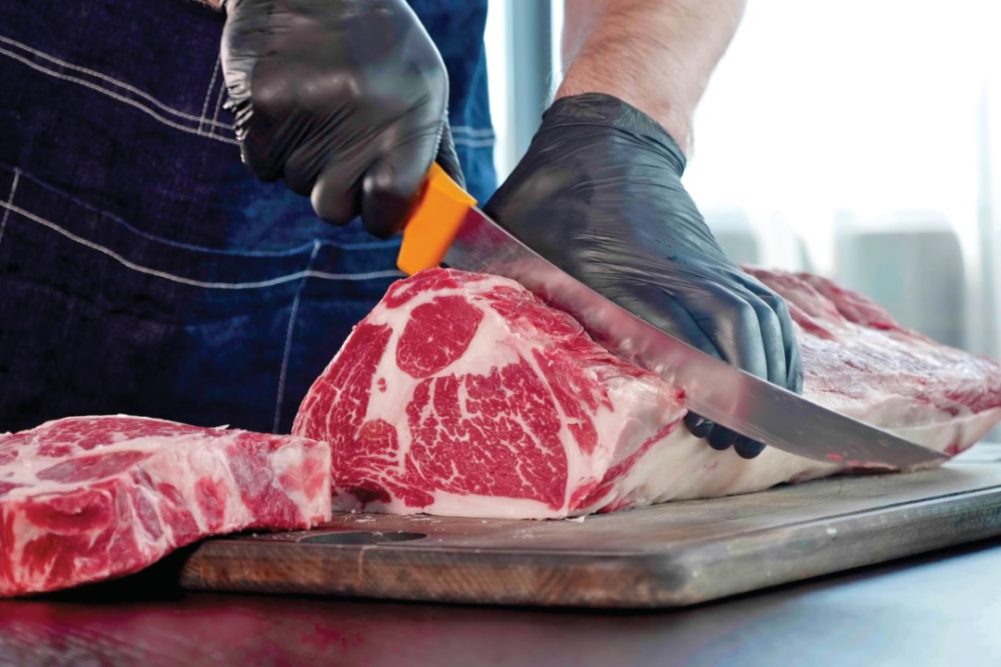UTRECHT, NETHERLANDS – Moving closer to 2022, the global beef market picture appears to be tightening as demand increases and US beef production is trending toward contraction.
According to Rabobank’s Q4 Beef Report, even with US cow slaughter increasing by 6%, production will be down 2.5% in 2022.
Rabobank said drought and grazing conditions have improved but feed and hay supply remains limited. However, exports of US beef are expected to be resilient throughout next year.
“Markets in Japan, South Korea, Mexico, and Canada remain strong, but the growth in exports to China is driving the increased export volume,” said Angus Gidley-Baird senior analyst of Animal Protein at Rabobank. “China has become the third-largest export destination for the US, and export volumes continue to rise.”
The report added that US imports of beef could increase with the contraction in production. But with cow slaughter still at a high level, imports of lean manufacturing beef from countries like Australia and New Zealand will still be limited due to a drop in volume last year.
Rabobank also noted that imports from Brazil increased by 61% during the first nine months of 2021. Even with that spike, the ongoing concern of atypical bovine spongiform encephalopathy (BSE) from Brazil might affect imports in the near future.
In its update on how COVID-19 is affecting the beef market, Rabobank stated that the virus is still restricting many foodservice locations, particularly with China’s tight restrictions and rise of cases in Europe.
“If the COVID measures are not successful, we expect to see reduced opportunities for beef in some foodservice channels in both regions over the coming months,” the report stated.
Rabobank reported that US export expansion into China is expected to continue as demand for higher-quality beef in that country continues despite other market headwinds.
“This will set a benchmark in the global market, with strong prices further compounded by ongoing limited supplies from Australia and current disruptions to exports from South America’s main exporting countries,” said Gidley-Baird.
The report stated that Mexico could gain some market share with some cheaper product offerings. Rabobank said that Mexico’s beef exports have grown by 71% since 2015 and net exports have tripled due to more sophistication in their beef industry.
In the future, Rabobank forecasted that US beef production would not normalize until at least 2023.
“With China’s beef imports continuing to grow, import demands from Japan and South Korea remaining firm, and US import requirements increasing, the stage is set for Brazil and other exporters to increase their shipped volumes,” Gidley said. “If this does not happen, we will likely find ourselves in a more severe situation come the end of 2022.”


